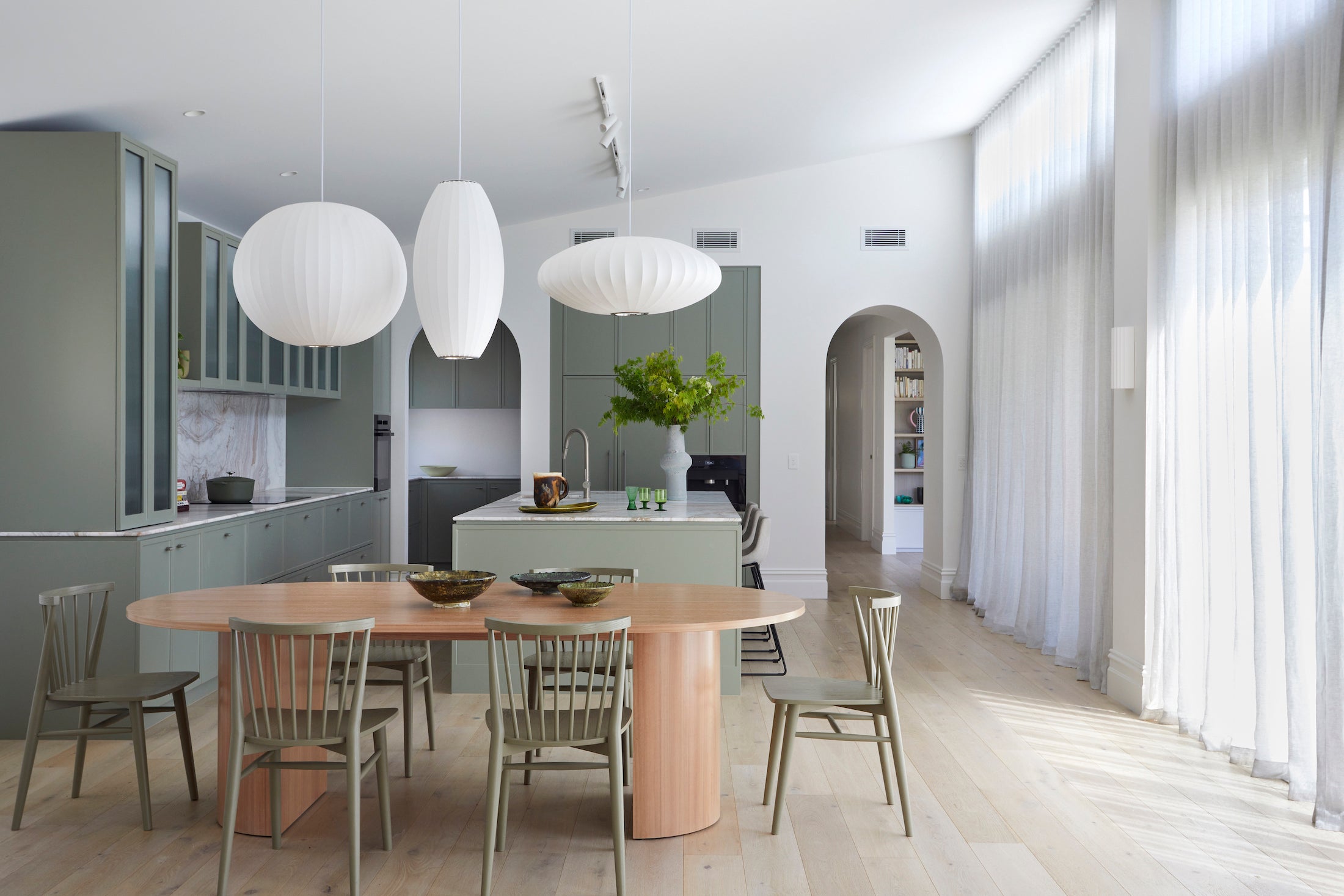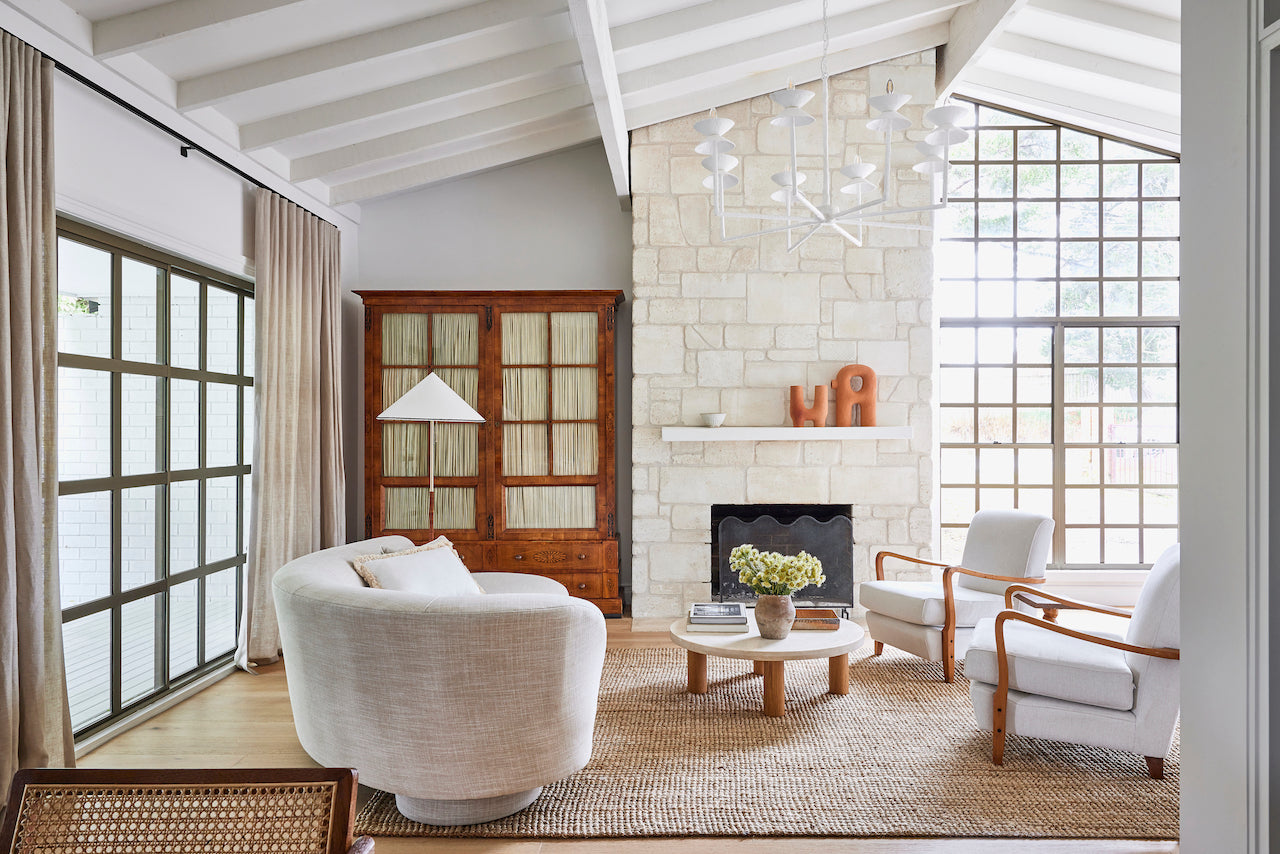
For natural beauty and warm appeal to sheer practicality, timber flooring remains unrivalled. Equally at home in traditional or contemporary settings, there’s a timber product to complement every design aesthetic and budget.
Engineered Floorboards vs. Solid Timber
Solid Timber
At the upper end of pricing, solid timber offers a completely natural surface that can be sanded back multiple times and, with proper care, should last a lifetime. It comes in two types, slow growth hardwood, such as Ironbark, Blackbutt and Spotted Gum or the slightly less expensive, faster growing non-hardwoods of Birch, Victoria Ash and Cypress Pine.
Adding to both the time and cost impost, solid timber floors involve a complicated installation process, requiring seasoning on site for up to 6 weeks pre-installation. This important step ensures the raw timber boards acclimatise to the moisture content of the environment.
After installation raw timber needs to be sanded, stained if desired, and then coated in several layers of a durability enhancing high shine or matte finish.

Engineered Timber
In great news for lovers of wood flooring’s classic good looks, Engineered Timber floorboards provide a significantly more wallet-friendly alternative. Sturdier than solid timber, engineered products are also more stable, meaning they’re less likely to expand and contract with temperature changes.
All Engineered timber flooring comes pre-finished with a factory applied protective coating designed for maximum wear and fade resistance, so there’s no contending with messy, time-consuming sanding, staining and varnishing.
A further bonus is how simple many of the engineered boards are to install, making for stress-free, money saving DIY projects
Other Price Factor Considerations
Floorboard Size
Engineered Timber floors offer the flexibility of choosing both the width and thickness of your boards. Thickness and width will logically dictate cost, with thicker boards that can be sanded back and refinished multiple times offering the greater stability and longevity over time.
The wider the board, the greater the cost, but one that is arguably worth it for creating a visually larger space, with fewer seams to interrupt the organic knots and wood graining pattern.
Flooring Online have engineered wideboard, standard and slimline products available in 12, 14 and 15mm thick boards, with a selection of real timber veneers ranging from 1.5 to 4mm.
Timber Quality
Looking to make better choices for the planet, all the timber used in Flooring Online flooring is sustainably sourced and Forest Stewardship Council (FSC) certified. Choosing Engineered Australian timber species, including home-grown Blackbutt and Spotted Gum, also helps to support local businesses, while European Engineered Oak comes in a wide variety of decorator tones.

Timber Grading
Timber grade quality is contingent on the amount of naturally occurring imperfections in each board, with the number and size of knots, sapwood, pin holes and filler dictating its quality category.
Common timber grade options include AB, CD and ABCD. AB graded boards exhibit the fewest wood flaws and are the most expensive, while CD boards offer a more rustic aesthetic and cheaper price point.
The entire Flooring Online catalogue of timber flooring is ABCD grade, offering a mix of both types of graded timber board. Wood grading pertains to appearance only and doesn’t impact quality or durability; for many, the charm of natural timber lies precisely in those natural flaws.
Installation Cost
Finally, the cost of installation will be largely informed by the type of product. Herringbone and wideboard flooring for instance, uses a tongue and groove lock in profile and direct stick method generally requiring professional installation, while floating floors come with an easy to use 5G Locking System, ideal for money-conscious DIY-ers.
For further information about our comprehensive range of Australian Timber and European Oak timber flooring visit www.flooringonline.com/collections/timber-flooring-range
By James Embelton



